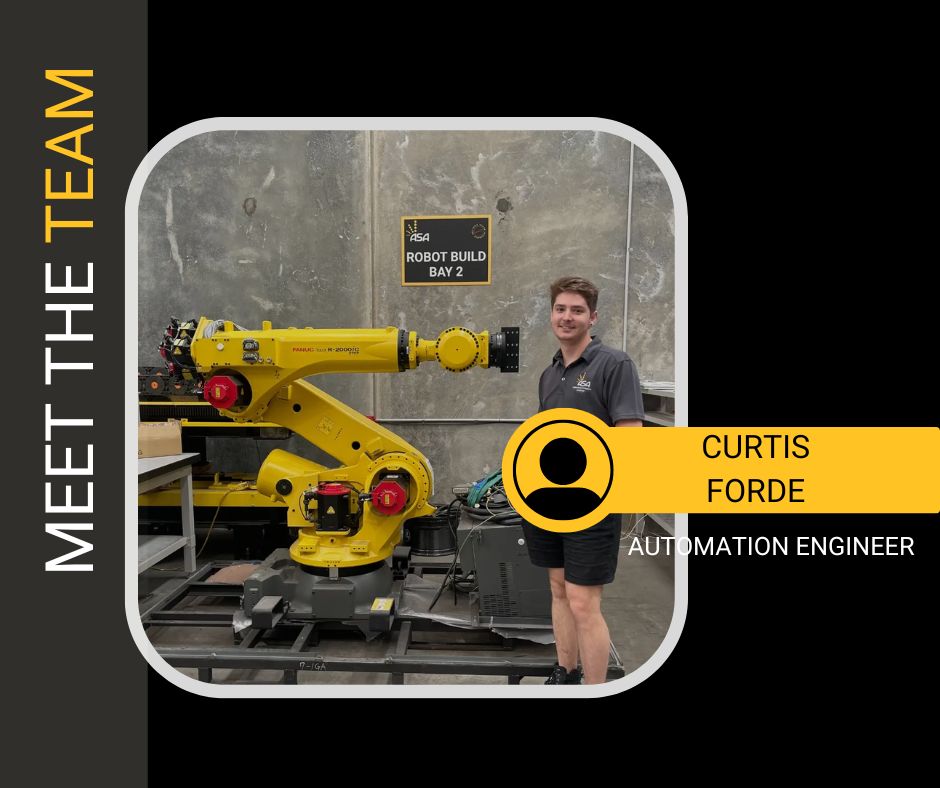The development of robotic arms has revolutionized the manufacturing process by combining precision, safety, efficiency, and other factors that were previously impossible. Robot arms are mechanical marvels that have become indispensable in many industries around the world. They were created to cut operating costs and keep up with the highest quality standards. Integrating robotic arms into production line allows manufacturers to reduce their costs, but also enhance work safety and efficiency. Learn how these cutting-edge robotics have changed the landscape of industrial production.

Image credit: automatedsolutions.com.au
Cost efficiency is a major reason for robotic arms’ global adoption. The demand on factories to decrease production errors, waste materials and workplace injuries is never-ending. Robotic arms can help with these problems. As opposed to humans, robot arms can perform repetitive tasks with pinpoint precision which eliminates costly errors and reducing raw material wastage. Robotic arms are utilized in many industries that require large quantities of material, such as the automotive industry, to guarantee perfect assembly. This precision translates to significant savings as less defective items mean less rework and less waste.
The safety of robot arms is also a cornerstone. Many manufacturing tasks such as handling hazardous materials, or operating large machinery pose risks for human workers. Robots allow businesses to eliminate their workers from hazardous surroundings and decrease the risk of injuries at work. Robotic arms, which are designed as a chain of joints that move can mimic the functionality of human arms, without causing physical injury. The machines are fitted with robotic hands, or end-effectors that can be programmed. They can be used for tasks like grasping, spinning and welding, in conditions that could make it unsafe for human beings.
The versatility of robotic arms makes them a game-changer across diverse industries. Robot arms are able to be used for many different tasks, from automotive assembly to electronic production. The fact that they can be programmed allows them to carry out intricate tasks such as machine tool tending paint, or fiberglass application with unparalleled quality and consistency. Robotic arms for warehousing have revolutionized palletizing through the automation of process of loading products onto pallets. Automation not only improves efficiency but also ensures safety as robot arms can work without tiring.
One of the most exciting innovations in this area is the rise of collaborative robots, also known as cobots, that collaborate with human employees. Cobots, which are equipped with a robotic arm, are able to interact seamlessly with humans unlike industrial robots which are generally restricted to cells. A cobot’s robotic hand can be used to perform heavy lifting and repetitive tasks in factories, which means humans are freed to focus on more difficult tasks. Collaboration increases productivity and creates a safer workplace since cobots may be programmed so that they can adjust or stop their movement when the person in front of them is.
Robotic arms have an enormous influence on the modern production and not just in terms of safety, but also efficiency. Their capability to complete tasks such as welding, assembly, or handling of materials with precision has helped them become indispensable in high-stakes industries. In the production of automobiles for instance robotic arms can rotate and place components during assembly to ensure that they are aligned perfectly without the requirement for human intervention. In electronics, robots can be used to handle delicate components, which can reduce damage and increases the quality of output.
As the world of manufacturing continues to change and become more complex, the importance of robotic arms is only going to increase. Since they can lower costs, improve safety and be able to adapt to different tasks robotic arms will be essential to the future of manufacturing. Robot arms, that combine cutting-edge technologies with human creativity is not just a tool they are also partners in the process. They fuel innovation and transform the way that the world is built.